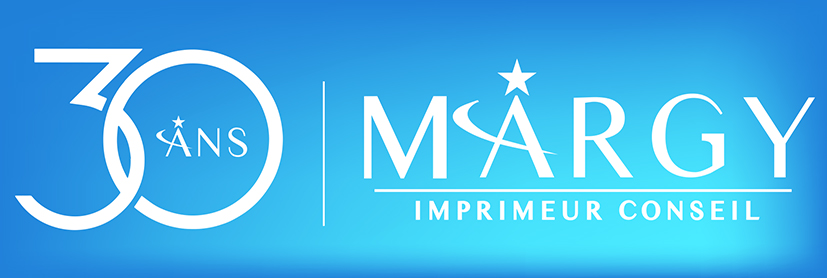The advent of digital technology has revolutionised companies’ marketing strategies. Constant digital innovation, combined with new consumer habits, continues to force brands to adapt in order to better meet their customers’ needs. Webmarketing.com has produced an infographic presenting the six new trends in brand communication in 2016, based on the latest research from Google, HiMedia and Millward Brown.
Ever more targeted communication thanks to Big Data
Big Data represents an immense pool of information collected on the Internet. Once analysed, it can be used to personalise marketing strategies even further. For companies, this represents a major challenge, particularly when it comes to their advertising campaigns. Customers are becoming very receptive to personalised advertising messages. 43% of them are encouraged by such advertising to buy more frequently, and 32% to buy more products.
Communication on several social networks
Although using Facebook for advertising campaigns is now a matter of course, other social networks are also proving to be relevant. Instagram’s 400 million active users, Twitter’s 307 and Google+’s 300 represent potential customers that companies need to take into account in their communications strategy, in addition to Facebook’s 1.55 billion. Consumers are particularly influenced by the following three types of content: promotional campaigns, posts by friends and advertisements.
Communication on smartphones
The average European had 1.3 mobile phones in 2016, making them a major communication channel for businesses. As a result, their advertising is increasingly focused on smartphones. What’s more, the expansion of mobile usage is changing customer behaviour in shops. In-store, 57% of customers contact a friend or family member to get their opinion, 56% compare prices online and 54% send a photo of the product in question to get feedback.
Binding communication via instant messaging
To develop their customer relations, companies have encouraged their presence on social networks. This has enabled them to raise their profile, sell more and build communities of consumers. In 2016, they will be going even further in the link that binds them to their customers by promoting direct communication via instant messaging devices: Tencent QQ, WhatsApp, Facebook Messenger, etc.
Video communication
Highly appreciated by customers, video is increasingly popular with businesses as part of their marketing strategy. Investment in this tool is growing steadily in Europe. Behind the United Kingdom, France is at the forefront of this field, with €360 million spent in 2015. In 2016, programmatic advertising, i.e. ads sold using automated algorithms, accounted for almost a quarter of the video content advertising market.
Native advertising communication against ad-blockers
The use of ad-blockers, which prevent the appearance of advertising on the Internet, is growing. Some 200 million people use them worldwide, including 77 million in Europe. This anti-advertising software represented a total dry loss of 37.2 billion euros for websites in 2016. To deal with this, companies are having to change the way they design their communications. They are developing less intrusive, native advertising that delivers content to customers as part of their user journey.
Other articles :
 01 44 52 02 02
01 44 52 02 02
